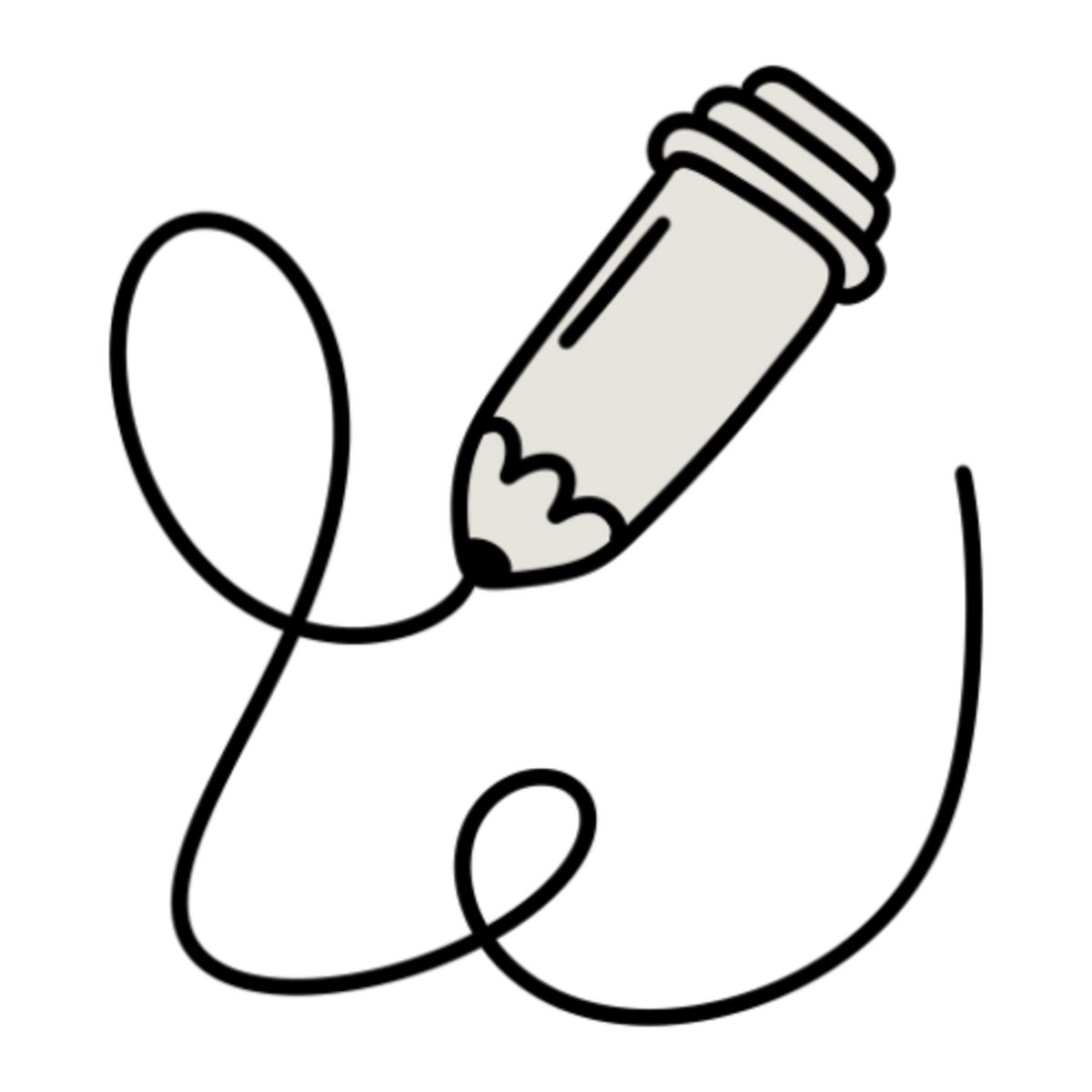It's Friday. You survived another week of marketing tactics.
This Week's Prediction Results:
Remember Monday's challenge? UGG's experiential pop-ups, legacy brands going IRL.
Plot twist: Nobody made a major move this week.
The trend's still building (experiential marketing hit $128B in 2024), but no competitor dropped their UGG killer yet.
Sometimes the best prediction is "brands are watching and waiting."
Boring, but accurate.
Haritha get’s the crow for predicting -
"H&M tries to hijack the trend with 'Fast Fashion Feels' but it's just their regular store with a DJ and free tote bags. Everyone sees through it. It works anyway."
This is such a good prediction. Funny as hell too. She wins this weeks Nostradamus crown + the 2026 Marketing Playbook.
The game continues. Next Monday: new chaos, new predictions.
This Weeks 59-Sec Quiz:
No Googling and no cheating. Just reply with your answers (A/B/C/D).
Question 1: Tesla's referral program offered "free Supercharging for life" instead of cash because:
A) It was cheaper for Tesla
B) Status rewards work better than money for most people
C) They wanted to seem exclusive
D) Cash rewards are illegal in some states
Question 2: Apple's "Think Different" campaign didn't mention computers. Instead it showed:
A) Product features and specs
B) Einstein, MLK, Muhammad Ali (selling identity)
C) Customer testimonials
D) Price comparisons with competitors
Question 3: Calendly grows without advertising because:
A) They have a huge SEO budget
B) Every meeting invitation says "Powered by Calendly" (product = distribution)
C) They run referral programs
D) Their founder is a Twitter influencer
Question 4: Patagonia's "Don't Buy This Jacket" Black Friday ad resulted in:
A) Sales dropped 30%
B) They got sued for false advertising
C) Sales went UP 30% (counterintuitive messaging builds trust)
D) No change in sales
Answers at the bottom
Now, today's breakdown:
Substack sends writers emails like:
"Your last post got a 45% open rate. Here's how it compares to your average."
It's just data. But it keeps writers engaged.
The 59-Sec takeaway:
Gamification works when you show progress.
Substack doesn't say "write more." They say "you're improving."
Writers see their open rate climb. They feel accomplished. They keep writing.
How I'd use this:
Send users data about their progress.
Examples:
"You've completed 10 sessions (top 20% of users)"
"You've referred 3 people (5 more for your reward)"
"Your open rate is up 15% from last month"
Progress = Motivation = Retention.
For Under 59, I could send:
"You've read 25 breakdowns. You're learning faster than 80% of subscribers."
ANSWERS:
B - Status > cash. Exclusive benefits feel more valuable than $100.
B - Sell identity, not features. "You're a rebel who thinks differently" > "Our computer has 256MB RAM."
B - Every Calendly link/email = free marketing. The product distributes itself.
C - Sales UP 30%. People trusted them MORE because they prioritized values over sales.
Your Score:
4/4: You're dangerously good at this. Top 1% energy.
3/4: Solid. You retained the patterns that matter.
2/4: You're learning. That's literally the point.
1/4: At least you opened the emails (I see you).
0/4: Did you even subscribe or is your intern reading these?
Catch you next week,
Pavan
P.S. How'd you score on the quiz? Reply and brag (or confess).
P.S.S. Don't forward this to your marketer friends if you want to keep your edge. Pattern recognition = competitive advantage. (But also I need subscribers, so... your call.)
Progress is a metric. Metrics become motivation.
